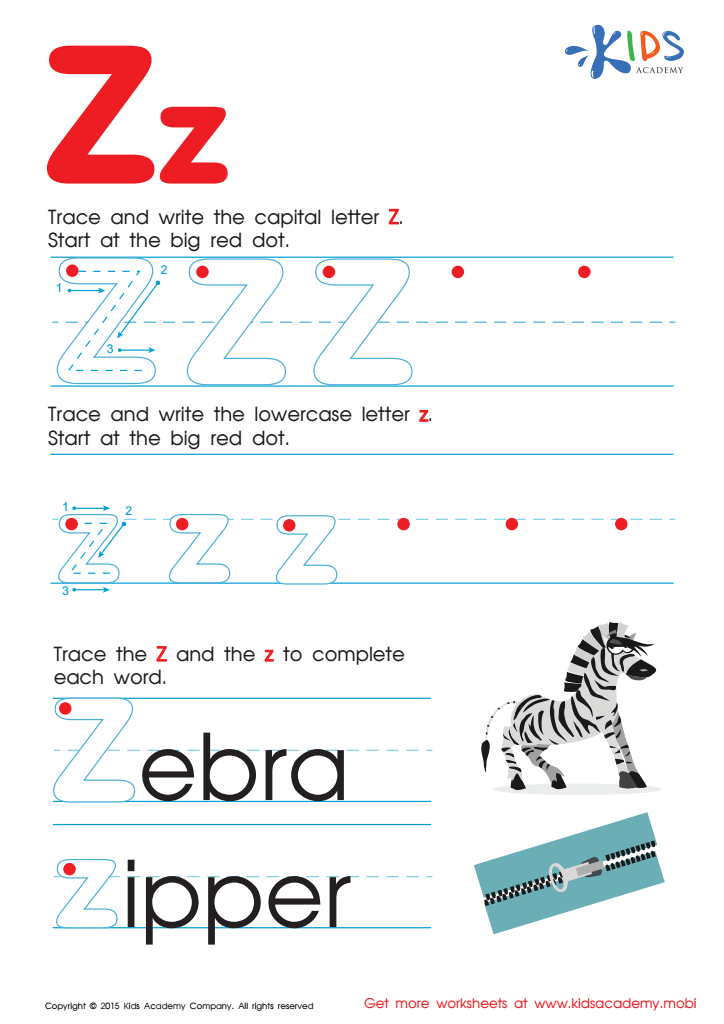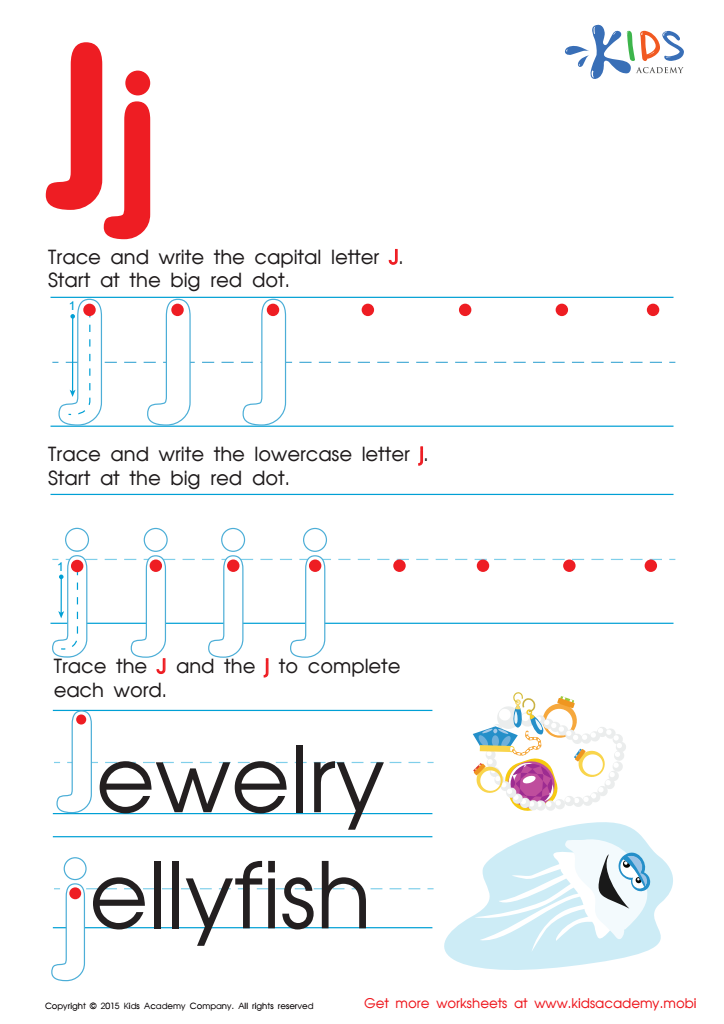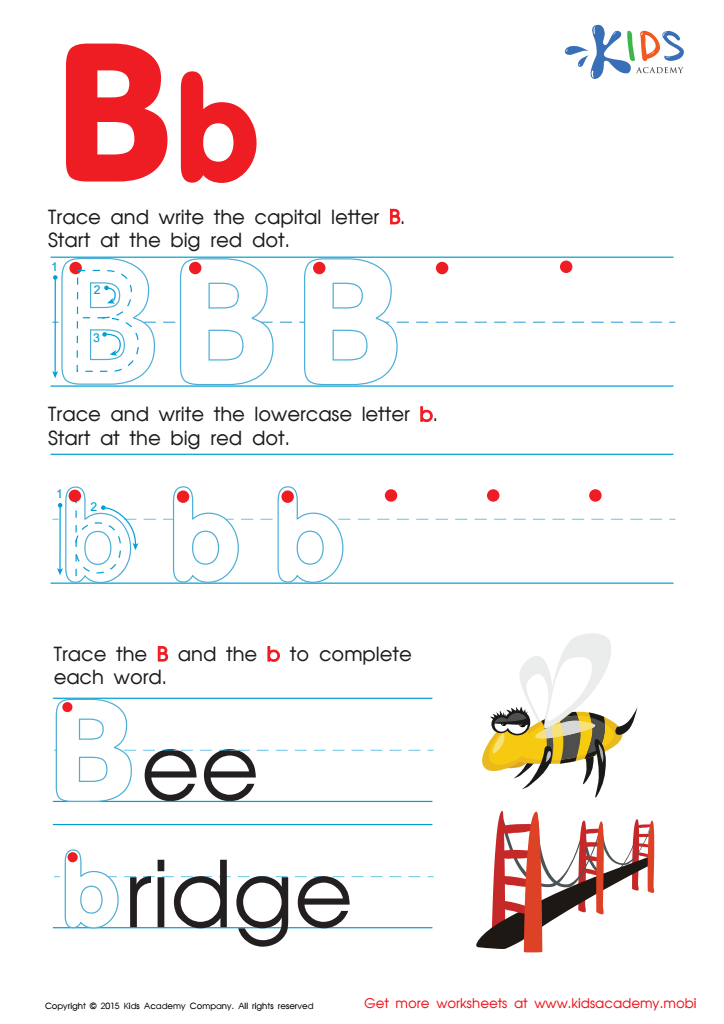Handwriting improvement Tracing Letters Worksheets for 8-Year-Olds
3 filtered results
-
From - To
Improve your child’s handwriting with our engaging Tracing Letters Worksheets designed specifically for 8-year-olds! These printable worksheets offer a fun and interactive way for kids to practice letter formation, enhancing their fine motor skills and boosting their confidence. Each worksheet features bold, easy-to-follow lines that guide young learners in tracing both uppercase and lowercase letters. Perfect for reinforcing alphabet knowledge, these activities support handwriting improvement while keeping learning enjoyable. Help your child develop neat, legible handwriting through consistent practice, making writing a more enjoyable experience. Access the full range of worksheets and watch your child's handwriting skills flourish today!


Letter Z Tracing Page


Letter J Tracing Page


Letter B Tracing Page
Handwriting improvement through tracing letters is vital for 8-year-olds as it helps develop fine motor skills and promotes cognitive development. At this age, children are refining their writing abilities, which are essential for effective communication. Tracing letters not only fosters better letter formation but also enhances spatial awareness, helping children understand how to space letters and words appropriately.
Furthermore, a strong foundation in handwriting can boost a child’s confidence in their writing abilities. Children who are proficient in handwriting may feel more empowered to express their thoughts and ideas, ensuring they engage more actively in classroom discussions and written assignments. The process of tracing reinforces muscle memory, making it easier for children to transition from tracing to independent writing.
Additionally, clear handwriting can positively impact a child's academic performance. Difficult-to-read writing can lead to misunderstandings in grading and can even discourage children from expressing themselves in written forms. Lastly, developing handwriting skills early sets the stage for lifelong effective communication, an essential component in both personal and future professional contexts. Thus, parents and teachers must prioritize letter tracing activities to help children cultivate essential writing skills that will serve them throughout their educational journey and beyond.

 Assign to My Students
Assign to My Students




















